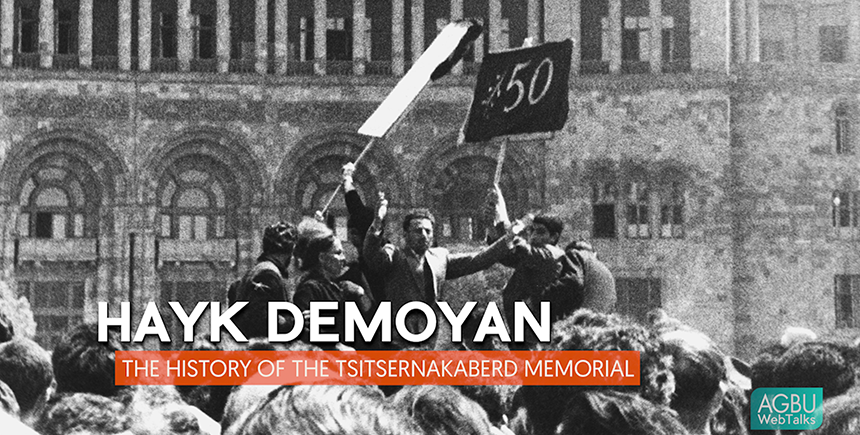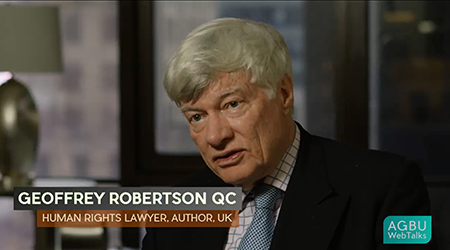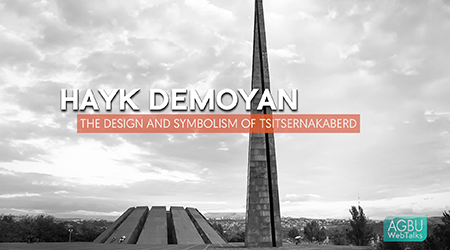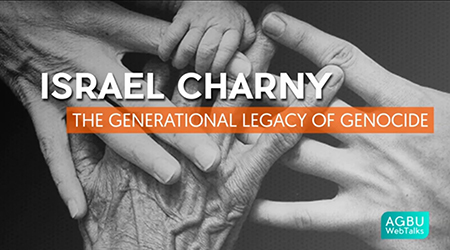WebTalks
The History of the Tsitsernakaberd Memorial
Hayk Demoyan
Dr. Hayk Demoyan reveals the political context in which the Genocide memorial came to be realized in Soviet Armenia.

The History of the Tsitsernakaberd Memorial
For over fifty years, the Tsitsernakaberd Memorial to the victims of the Armenian Genocide of 1915 has served as a place of solemn gathering and memory for Armenians around the world. Here, Dr. Hayk Demoyan reveals the political context in which this unique project came to fruition in the Soviet Republic of Armenia—an unprecedented endeavor in Soviet history, where memories of national suffering or triumph were stifled in favor of a more unifying Soviet narrative. Approved on the heels of peaceful demonstrations in Yerevan on the 50th anniversary of the Genocide, the Memorial was also an attempt by Soviet authorities to appease and strengthen relations with the worldwide Armenian diaspora. Tsitsernakabersd was built in less than two years and since its inauguration in 1967 has stood tall in the capital as a place of mourning, memory, and rebirth for Armenians across the globe.
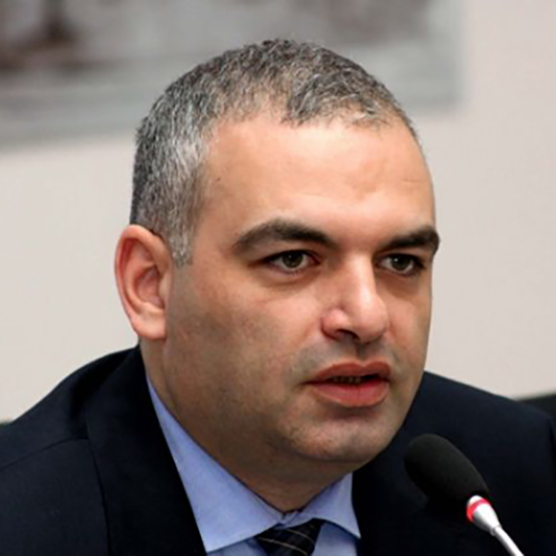
Human rights laywer Geoffrey Robertson explains what constitutes genocide as a legal conce ... [more]
Human rights lawyer and author Geoffrey Robertson disputes the denialist argument perpetua ... [more]
The Tsitsernakaberd memorial complex in Yerevan is Armenia’s official memorial dedic ... [more]
